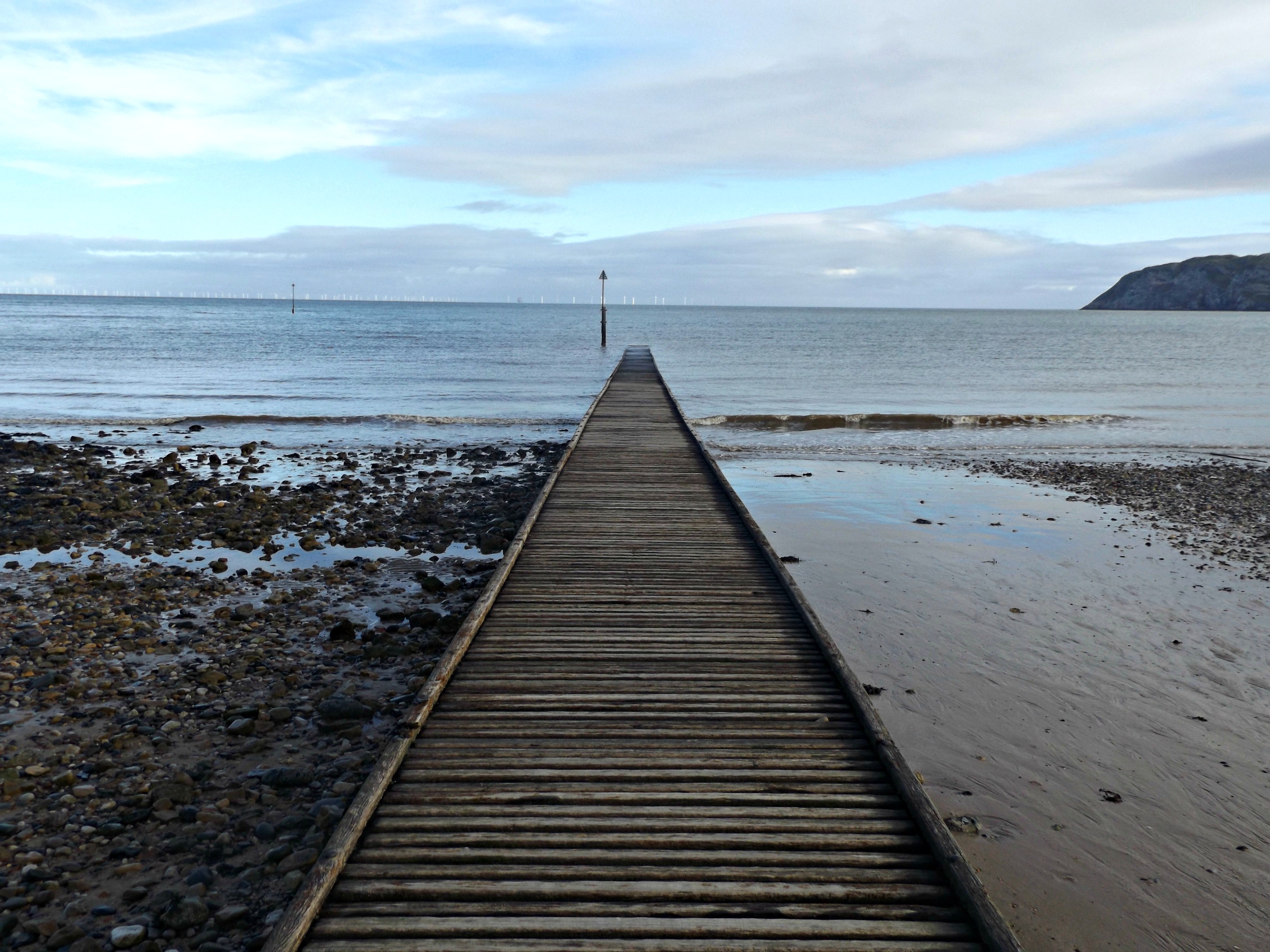I absolutely adore taking photos. Every month I take around 400 photos. I really don’t think there is any such thing as taking too many. Most of my photos are obviously of the kids (which probably does come under wildlife sometimes, god knows they are a bit feral!) but I do take a lot more of the beautiful scenery and landscapes we are blessed with here in North Wales, as well as some wildlife and nature photos.
I’m far from a professional photographer. Some of my pictures are out of focus and blurred, or I’ve not got the settings on my camera quite right. Some of them though are pretty damn good, if I say so myself, and I’m even more proud of them because I’ve taught myself how to take photos. If you were to look at some of the ones I took two or three years ago – well, they were atrocious! I don’t have a fancy camera or fancy equipment. I have a relatively cheap bridge camera, my iPhone 6, a tripod and I use PicMonkey to edit and tweak some photos. That’s it. In this post, I’m going to share with you a few tips I’ve picked up along the way to capture unique wildlife and nature shots.
7 Tips to Capture Unique Wildlife and Nature Shot Photos
1. Have the right equipment
First things first, make sure you have the right equipment. Someone once said to me at a photography show that the best camera you have is the one in your hand – whether that’s a fancy DSLR, a point and shoot, a disposable camera or your mobile phone. That still stands absolutely true. Sometimes though, having the right equipment helps. Like I said above, other than my camera, the only thing I have is my tripod and it’s been brilliant. It was about £12 from Amazon. I initially bought it to take our monthly ‘Me and Mine’ shots but I’ve used it a few times for getting landscape, wildlife and nature photos. A tripod stabilises your camera and reduces the chance of blurs. It’s also a must have if you take night time or low light shots. If you haven’t got one, or forget it, see if you can find something to balance your camera safely on. Don’t forget a case to protect your phone or camera, such as one from The Case Farm.
2. Scrap the rules and experiment – look for new perspectives
This brilliant tip is from Zara at Mojo Blogs, who takes the most beautiful photos. I really like getting down low to take any outdoor photos and Louise from Birds and Lilies also does the same. But don’t just stick to that. Look in reflections, look from above, look from behind. Take as many photos of the subject as you can from different angles and perspectives.

3. Composition
Ok, so above I said scrap the rules, but sometimes there are some that will really help you. There’s the rule of three: imagine your frame split into nine grids – a lot of cameras have a setting where you can make this grid visible. The points where the lines meet are the best spots for positioning the focal point of your shot. Another composition technique that works really well when you’re trying to get perfect wildlife and nature photos are leading lines. These are natural lines within the frame that draw your eyes to something.

4. Get up close to your subject
This can be a more tricky one if you are trying to get shots of wildlife – they don’t tend to like cameras up in their faces. Obviously, on pretty much all cameras now you have a zoom feature which is absolutely fine. However, this digital zoom can make it go all pixelated, which is never a good thing. Optical zooms work much better, but if you have a set of binoculars to hand, try putting the lens of your camera at one of the eye pieces.
5. Golden Hour
Golden hour is the time around sunrise or sunset, when the light is much softer and diffused, casting everything in a golden glow. This is the best time of day to get photos – it avoids bright spots and dark shadows. Cloudy days are also surprisingly good for photos because again, the light is naturally filtered and softer.
6. Patience
Wildlife shots are particularly difficult to capture because animals aren’t natural posers. To get that perfect photo, you may have to wait hours – even days or weeks – but once you have got it, it will be all worth it as my friend David Bashford, a very talented photographer, shows in the photo below.

7. Practice, practice. practise
Like anything, practice makes perfect. Keep looking for opportunities to take wildlife and nature photos – there’s plenty of them! Take your camera everywhere you go ready for that elusive and unique shot!
*Collaborative post








Very good tips! I never carry my camera around unless I’m on holiday. I do find I take more photos these days now I have a decent smartphone though!
Must try some of these tips
I’m quite the novice -with practice hopefully I’ll get pictures like yours
Beauties
I love nature and find it har to cpature them in the beat light. Will try some of your tips
Fab tips. Will try them